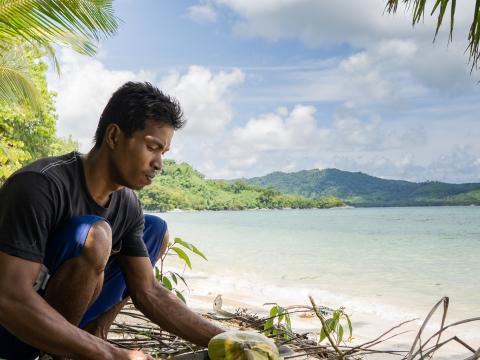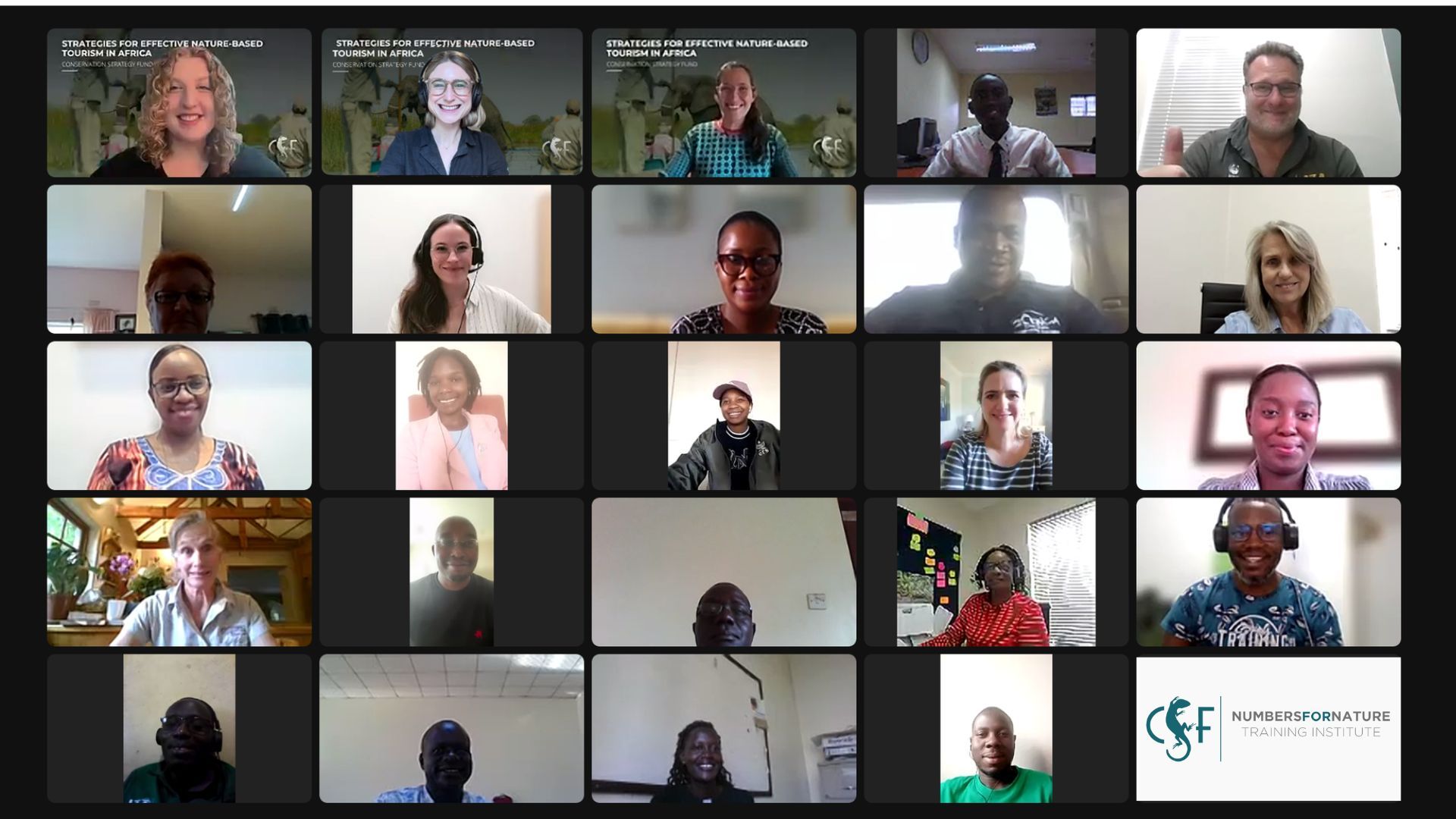New Course Begins: "Financial Sustainability for Protected Areas" (Patagonia, Chile)
- Read more about New Course Begins: "Financial Sustainability for Protected Areas" (Patagonia, Chile)
- Log in to post comments
Iniciamos un nuevo curso de “Sostenibilidad Financiera de Áreas Protegidas”




